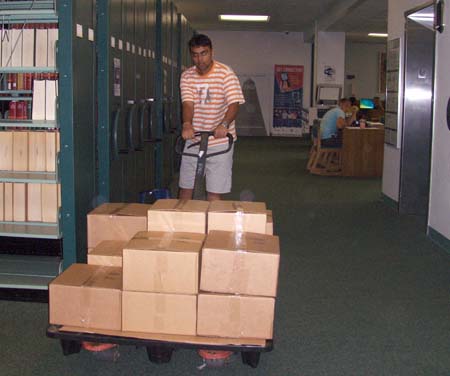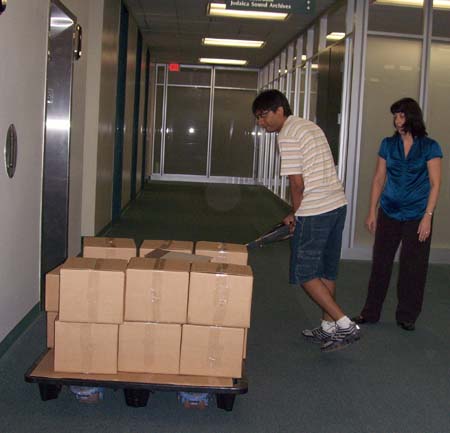Making beautiful music together: Alma Gluck & Efrem Zimbalist
Who is your favorite star couple? From Debbie Reynolds & Eddie Fisher to Brad Pitt & Angelina Jolie, love among celebrities is exciting. We always want to know more. That’s the way it is today… it is also the way it was a hundred years ago.
In 1911 two Jewish superstars of classical music met and fell in love. They were young, they were talented, and they made beautiful music together.
The Zimbalist-Gluck romance provided lots of material for the gossips of their day. While the idea of such a wonderful pairing of talents was thrilling, there were those who pointed out that Gluck was six years older, as well as a divorcee with a daughter. Scandalous!
Before and during the early years of her marriage to the violin virtuoso, Efrem Zimbalist, famed operatic soprano Alma Gluck enjoyed a highly successful recording career. Her release of Carry Me Back to Old Virginny for the Victor Talking Machine Co. was the first celebrity classical recording to sell over one million copies.
After their marriage Victor/Victrola capitalized on a sure bet: recording the newlyweds together. You can hear two of the most popular of these recordings by clicking on the record labels below.
In his biography of Efrem Zimbalist (Efrem Zimbalist: A Life, 2004), Roy Malan describes the process of making a recording in the days prior to the electric microphone. “The technique was very basic: a large metal horn was suspended from the ceiling; connected from its small end was a flexible pipe that pssed through a thick curtain to the etching machine in an adjourning room. Singers were instructed to face away from the horn on particularly high notes. Violinists had to position themselves with the sound holes facing directly into the horn’s mouth….The possibility of knocking against the metal rim had constantly to be guarded against (p.117).”
When they recorded together “the singer and violinist each had separate pick-up horns; Efrem later joked that his was much smaller than Alma’s: ‘They didn’t want me to play too loudly and spoil everything!’ (p. 135)”
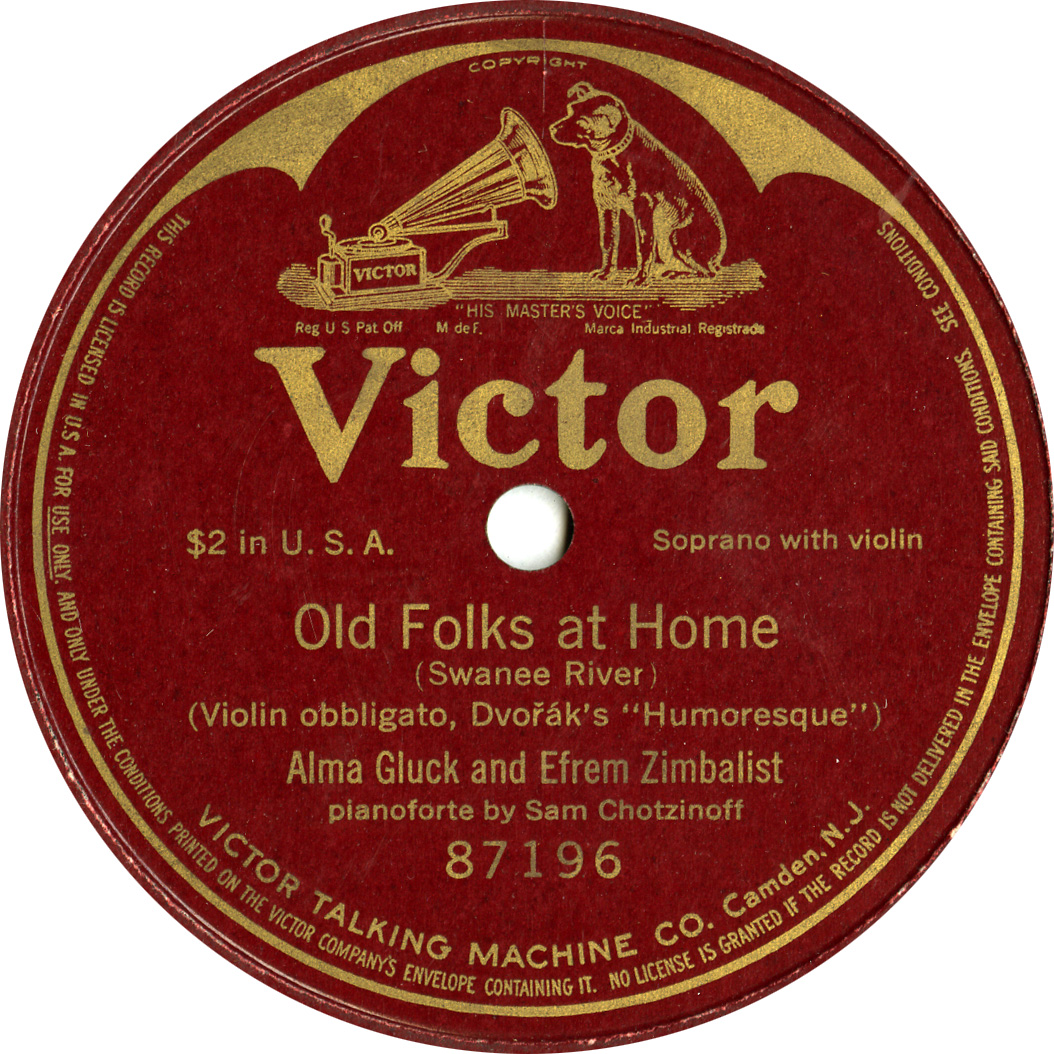 Among their most financially successful recordings was the Zionist hymn, Hatikva, produced in 1919, and Old Folks at Home by Stephen Foster, produced in 1915.
Among their most financially successful recordings was the Zionist hymn, Hatikva, produced in 1919, and Old Folks at Home by Stephen Foster, produced in 1915.
While rehearsing for this latter recording, Zimbalist discovered that the obbligato was inadequate. He came upon the idea of playing Dvorak’s Humoresque at a slightly slower tempo instead. It was recorded this way and the recording became one of their most popular.
Hear the music.
The JSA has collected 20 song recordings featuring the combined talents of Alma Gluck and Efrem Zimbalist.
To hear all 20 song recordings,
click here.

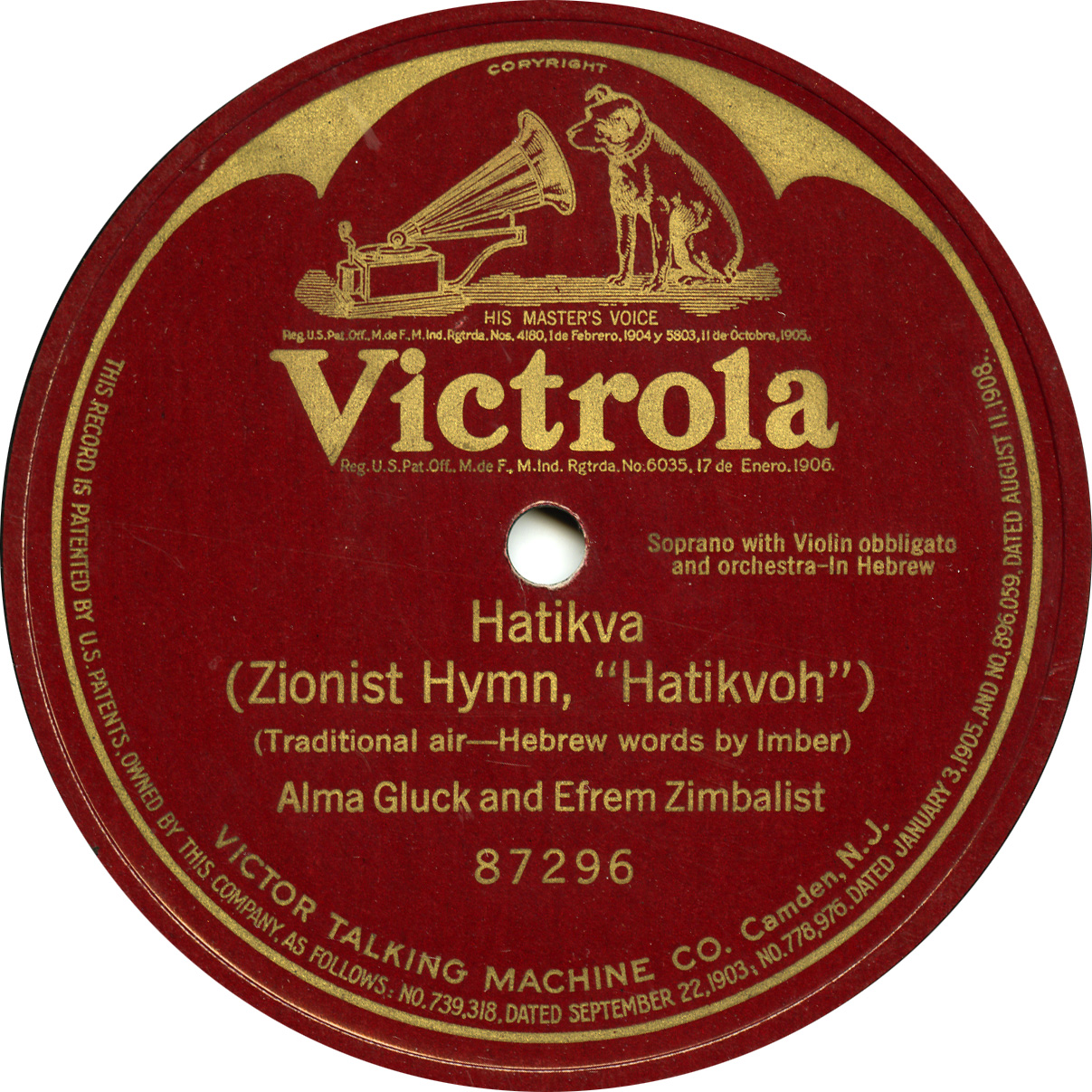
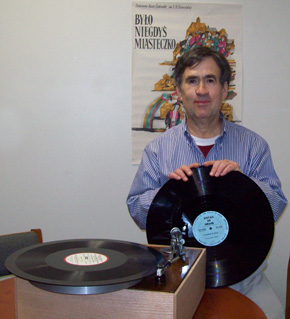

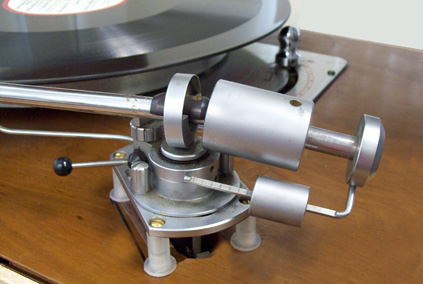
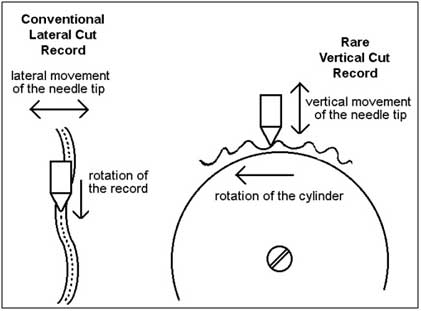




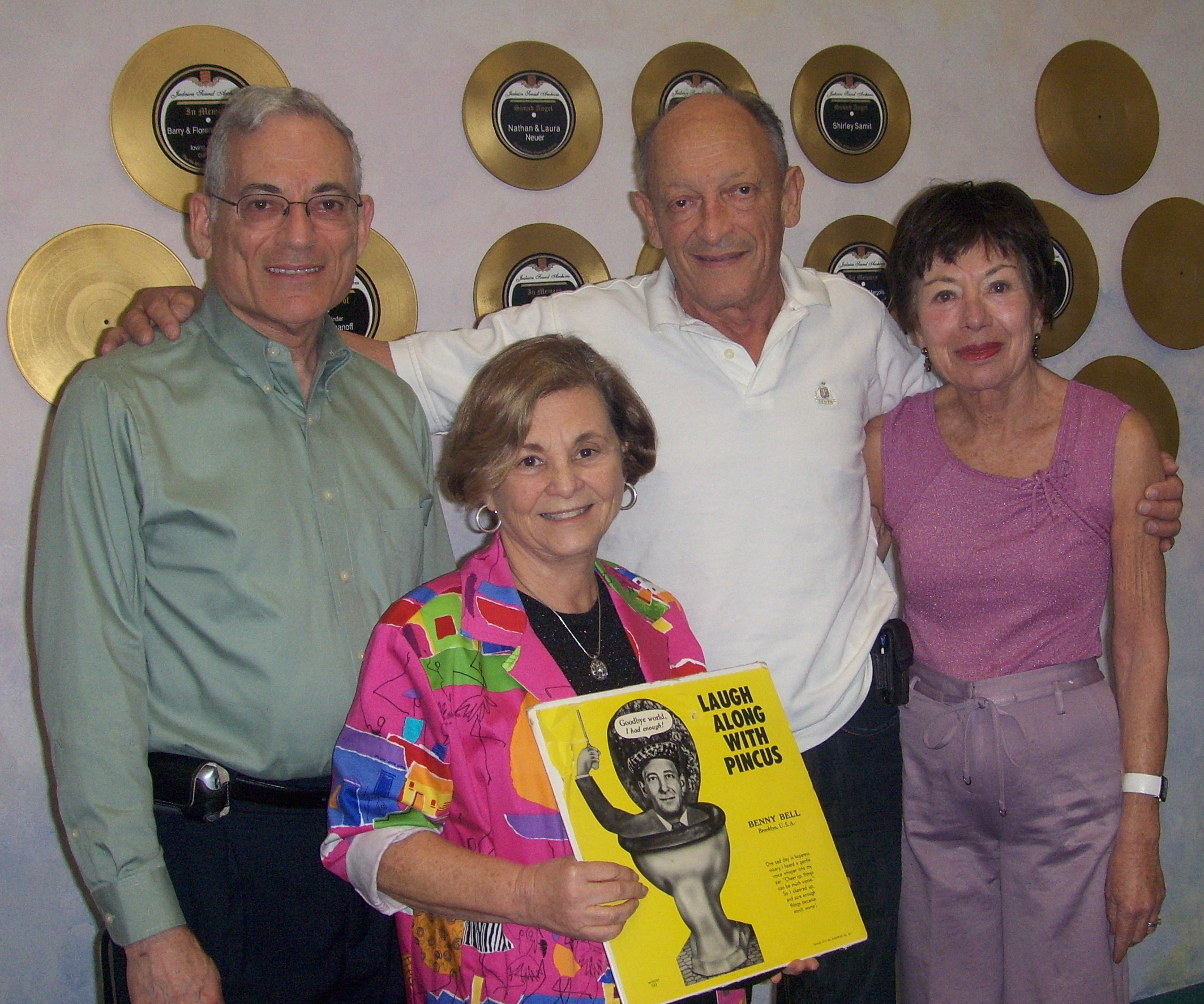
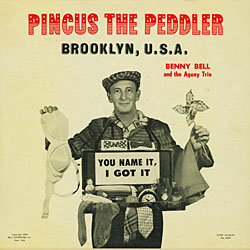
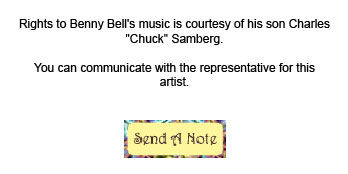
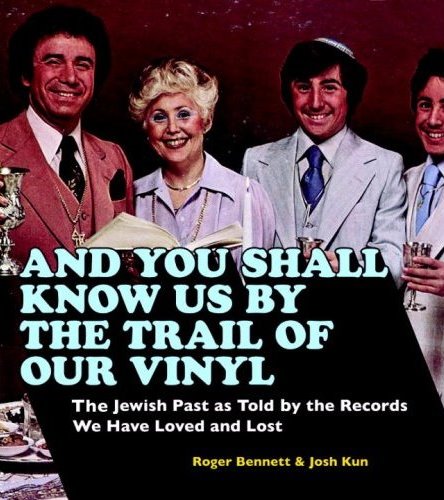
![990042A[1] 990042A[1]](http://rsa.fau.edu/blog/wp-content/uploads/2009/12/990042A1.jpg)
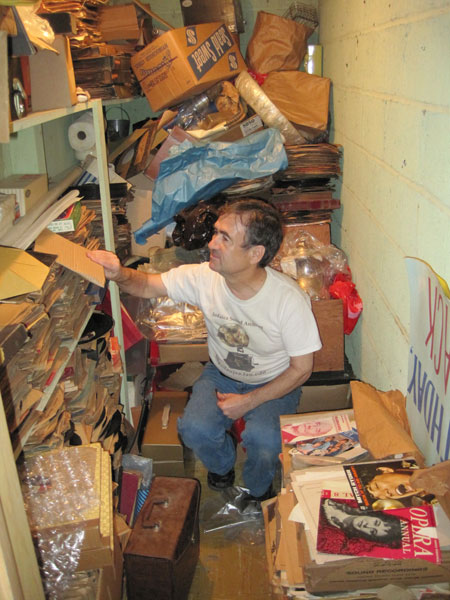
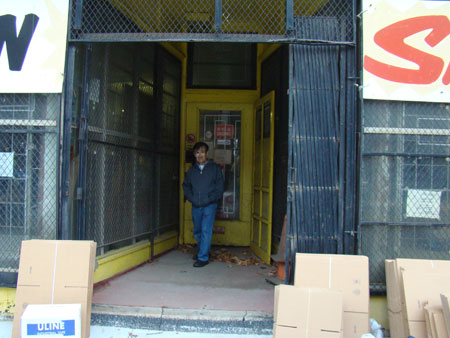
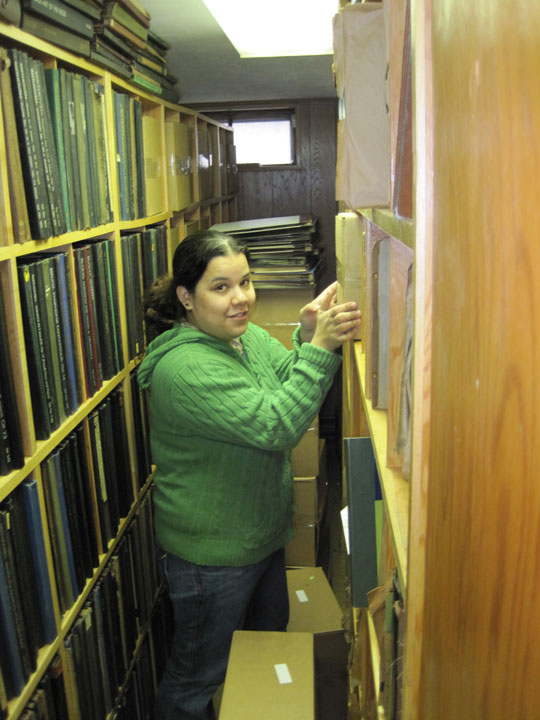
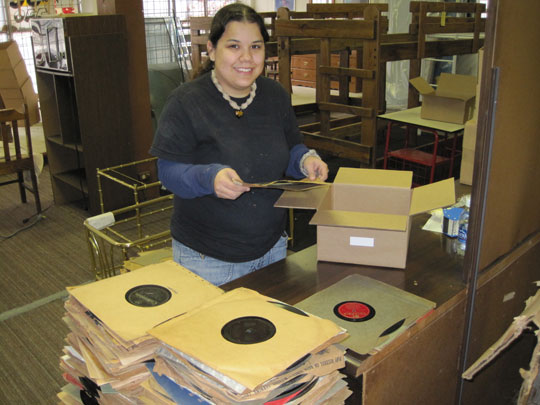
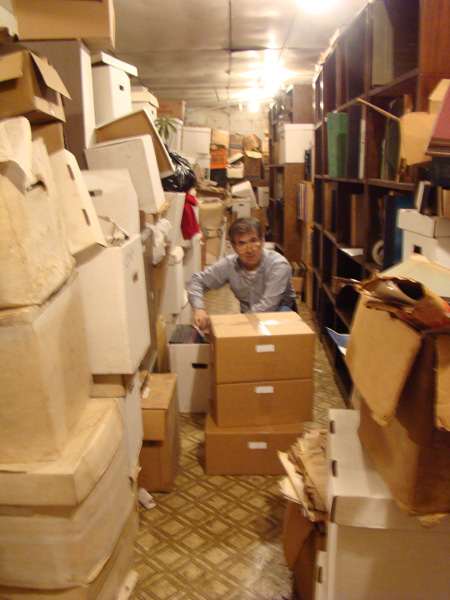
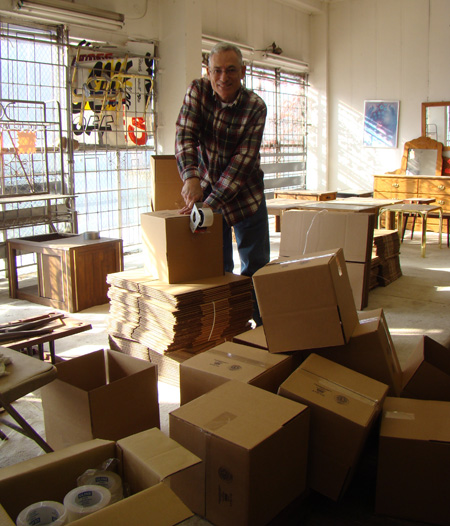

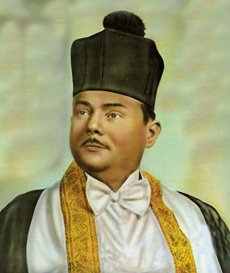
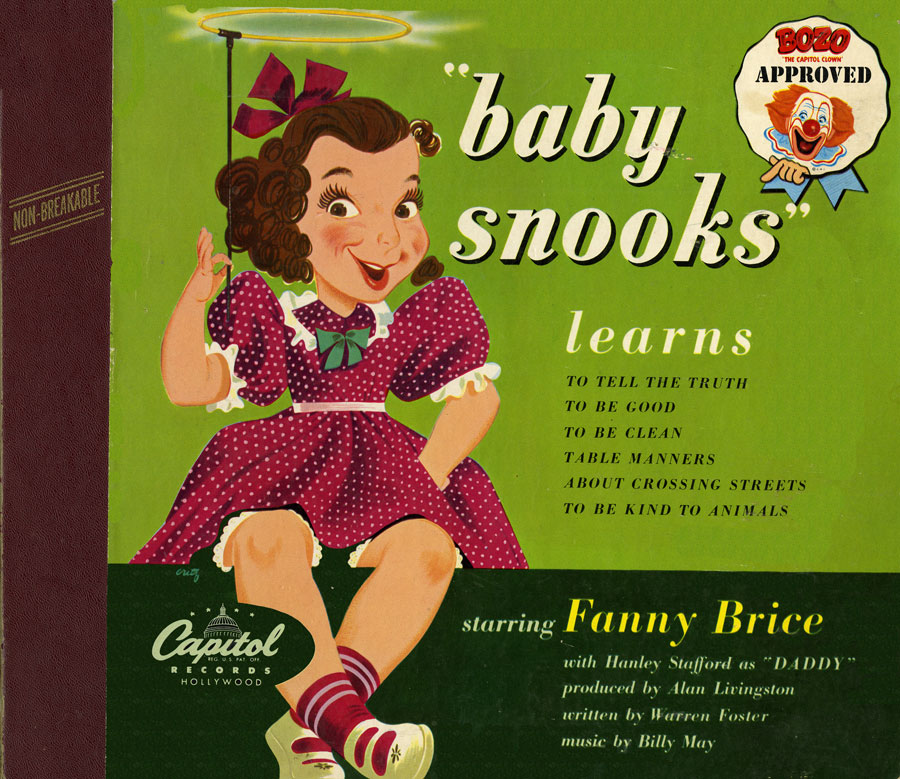 You might be able to imagine the excitement that is generated at the Judaica Sound Archives whenever we uncover a genuine piece of history. Today I will share with you three 78 rpm albums from the Jack Saul Collection which have sitirred up some nostalgia here at the JSA.
You might be able to imagine the excitement that is generated at the Judaica Sound Archives whenever we uncover a genuine piece of history. Today I will share with you three 78 rpm albums from the Jack Saul Collection which have sitirred up some nostalgia here at the JSA.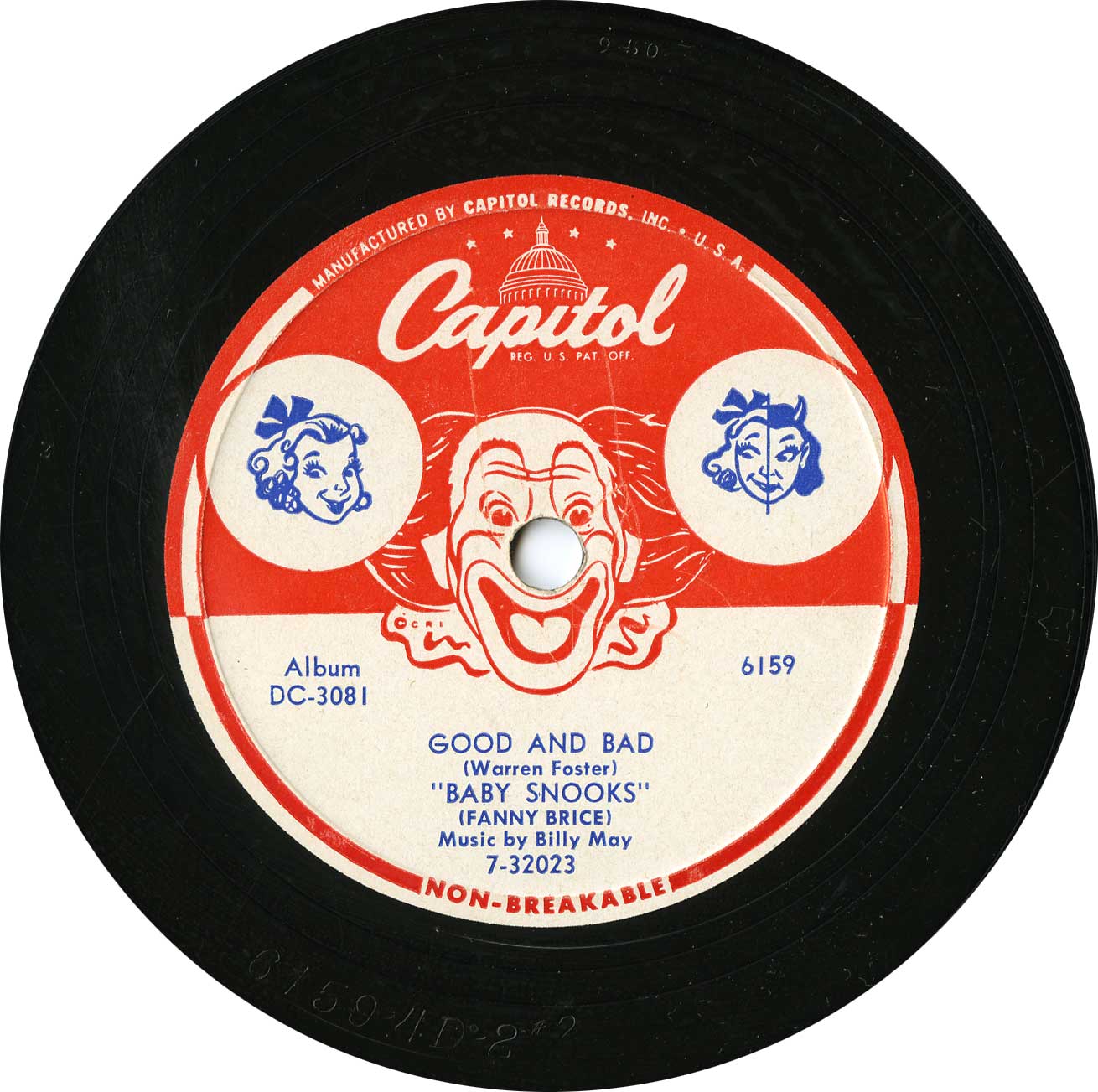
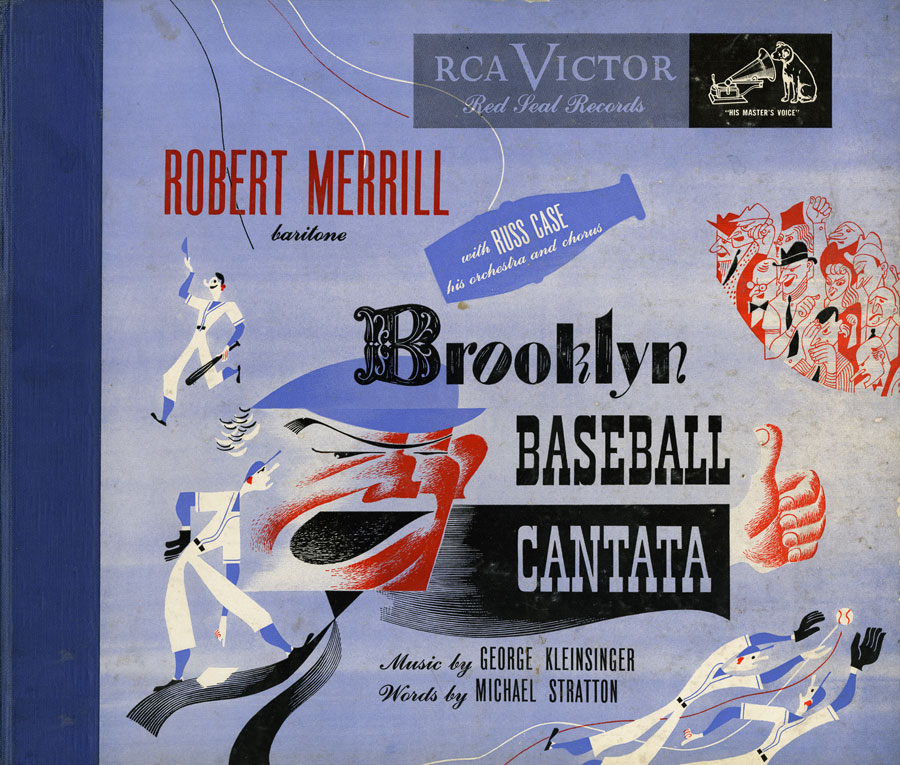 enduring and acclaimed baritones. He was also a famous baseball fan who often sang the National Anthem on opening day at Yankee Stadium.
enduring and acclaimed baritones. He was also a famous baseball fan who often sang the National Anthem on opening day at Yankee Stadium.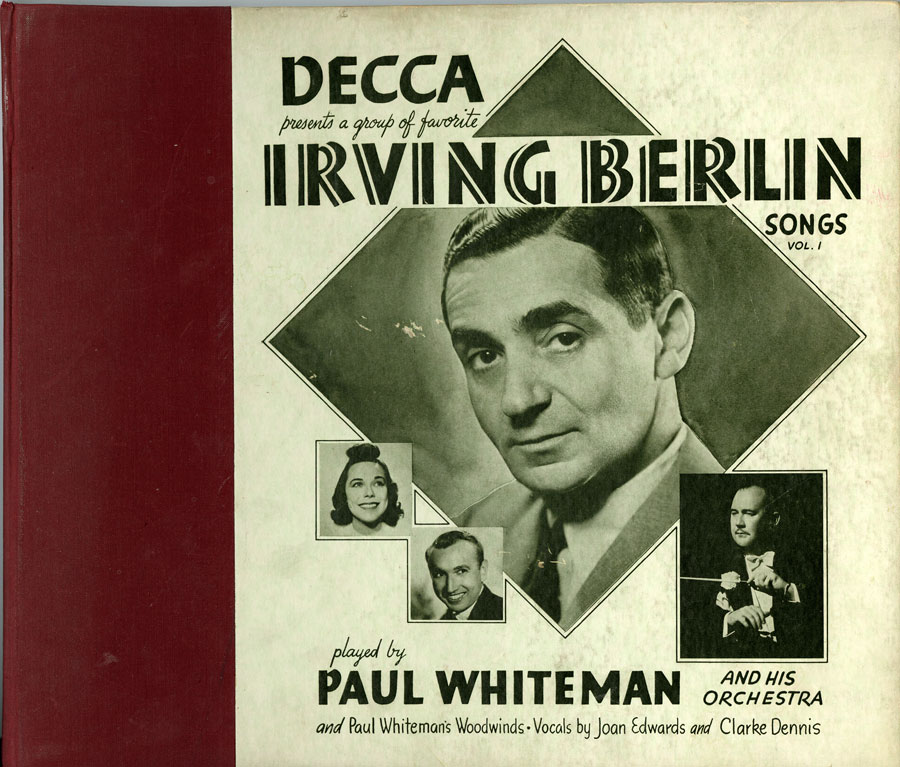 (3) Paul Whiteman secured his place in history in 1924 when he commissioned and introduced George Gershwin’s Rhapsody in Blue. Irving Berlin has been called “the greatest of American popular composers.” Born in Russia (1888), the family left for America when their home was burned to the ground. So it was in a crowded tenenment on Cherry Street in New York’s lower East Side that Irving Berlin (born Baline) grew up. His first big hit came in 1911 (Alexander’s Ragtime Band). He has written more than a thousand popular songs. During World War I his song, Oh, How I Hate To Get up In The Morning, became an anthem for the ordinary foot soldier.
(3) Paul Whiteman secured his place in history in 1924 when he commissioned and introduced George Gershwin’s Rhapsody in Blue. Irving Berlin has been called “the greatest of American popular composers.” Born in Russia (1888), the family left for America when their home was burned to the ground. So it was in a crowded tenenment on Cherry Street in New York’s lower East Side that Irving Berlin (born Baline) grew up. His first big hit came in 1911 (Alexander’s Ragtime Band). He has written more than a thousand popular songs. During World War I his song, Oh, How I Hate To Get up In The Morning, became an anthem for the ordinary foot soldier.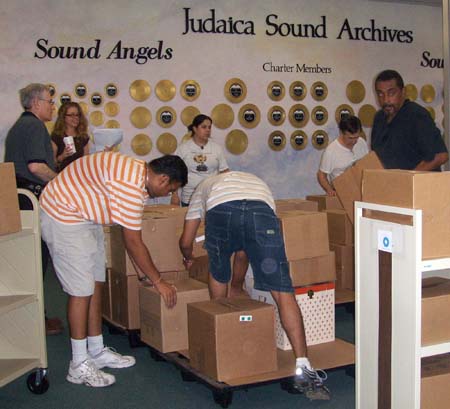 The excitement we were all feeling when the truck from Cleveland, filled with recordings from Jack Saul’s collection, pulled up to the Library’s loading dock was quickly replaced by focused activity. Everyone had a job to do and immediately jumped into action. Unloaders moved the boxes from the truck to pallets which were then moved with a handtruck through the Wimberly Library lobby into the elevator to the fifth floor where they were stacked for later unpacking. Other boxes were placed on carts and deposited in other areas of the library.
The excitement we were all feeling when the truck from Cleveland, filled with recordings from Jack Saul’s collection, pulled up to the Library’s loading dock was quickly replaced by focused activity. Everyone had a job to do and immediately jumped into action. Unloaders moved the boxes from the truck to pallets which were then moved with a handtruck through the Wimberly Library lobby into the elevator to the fifth floor where they were stacked for later unpacking. Other boxes were placed on carts and deposited in other areas of the library.